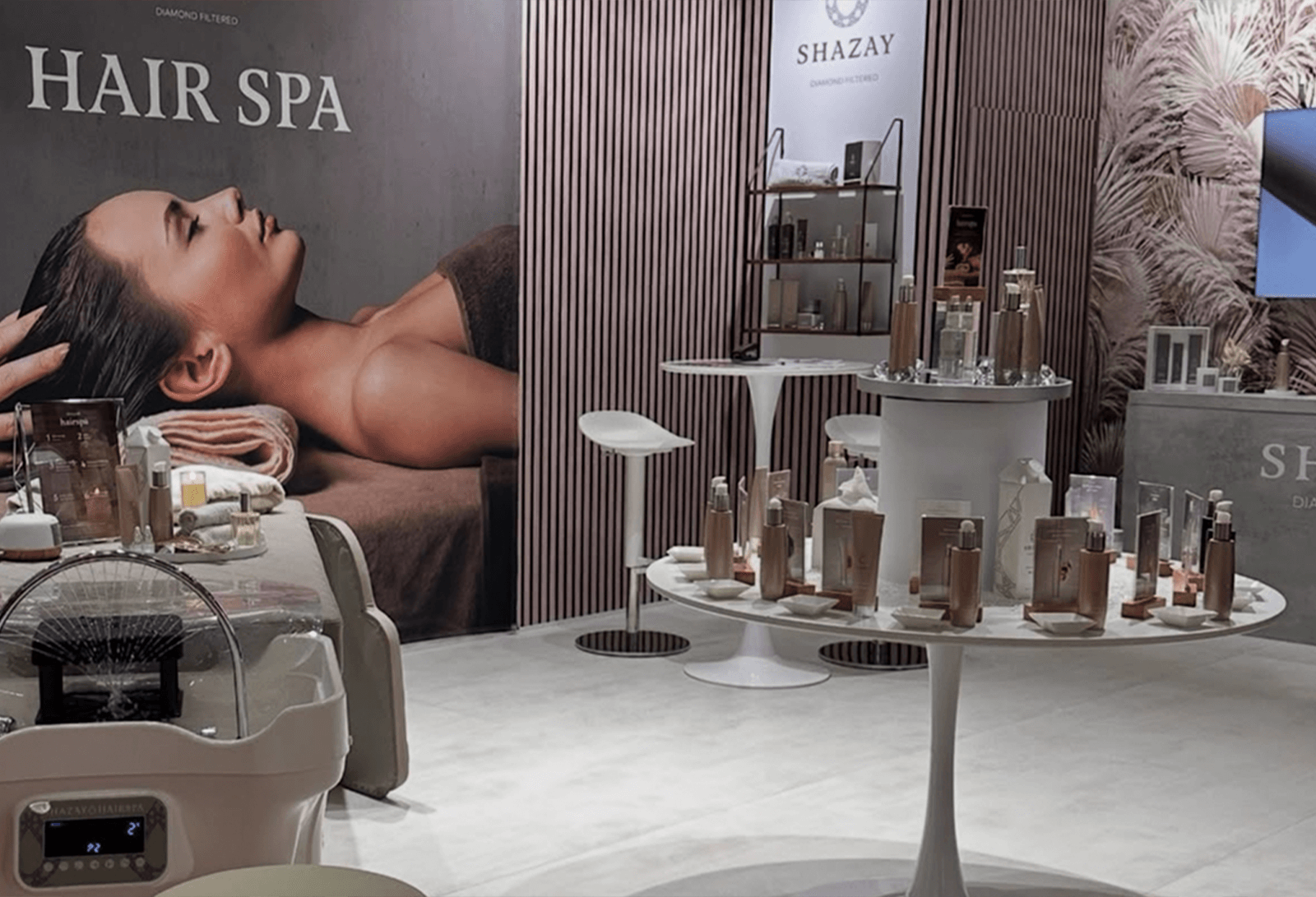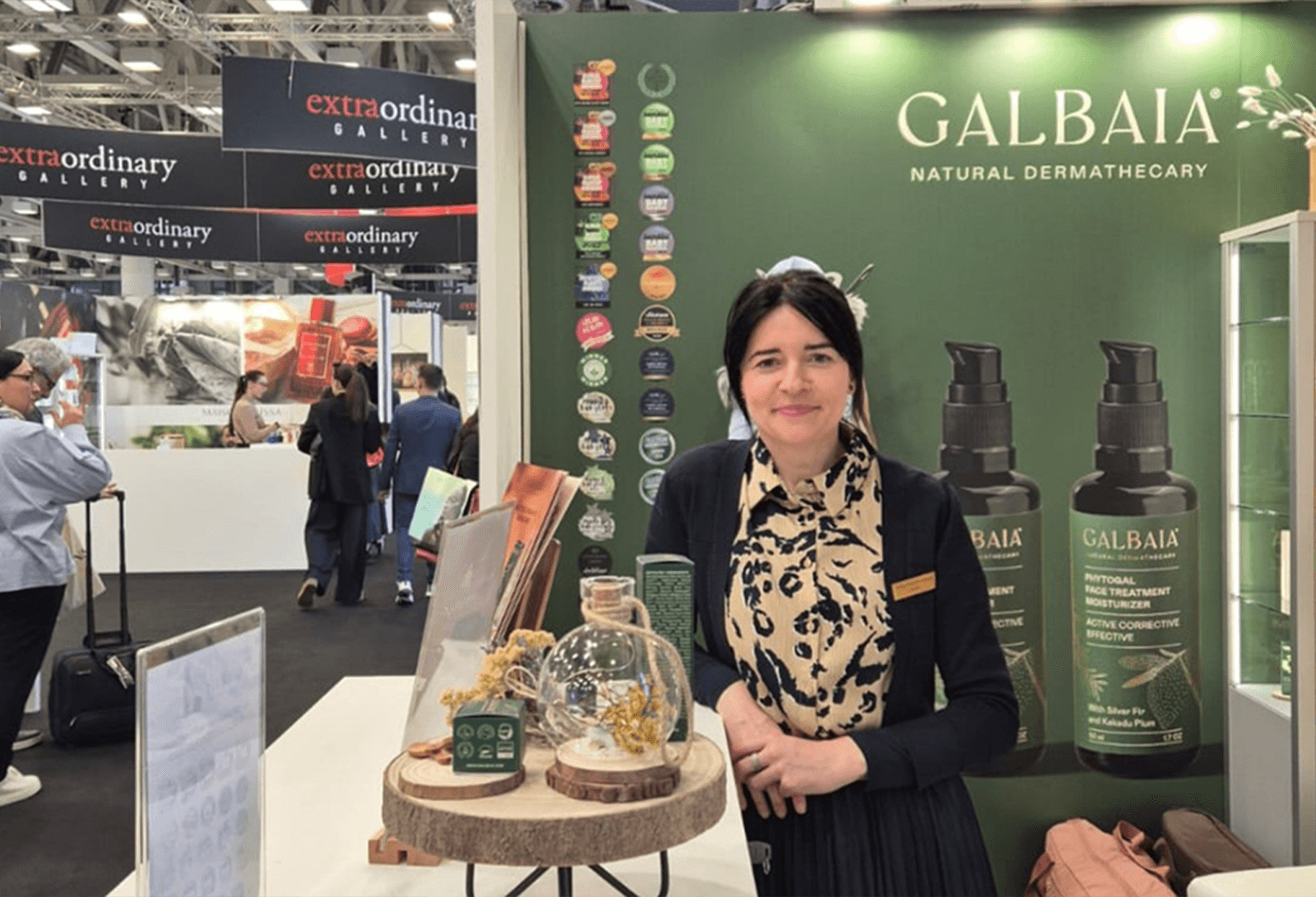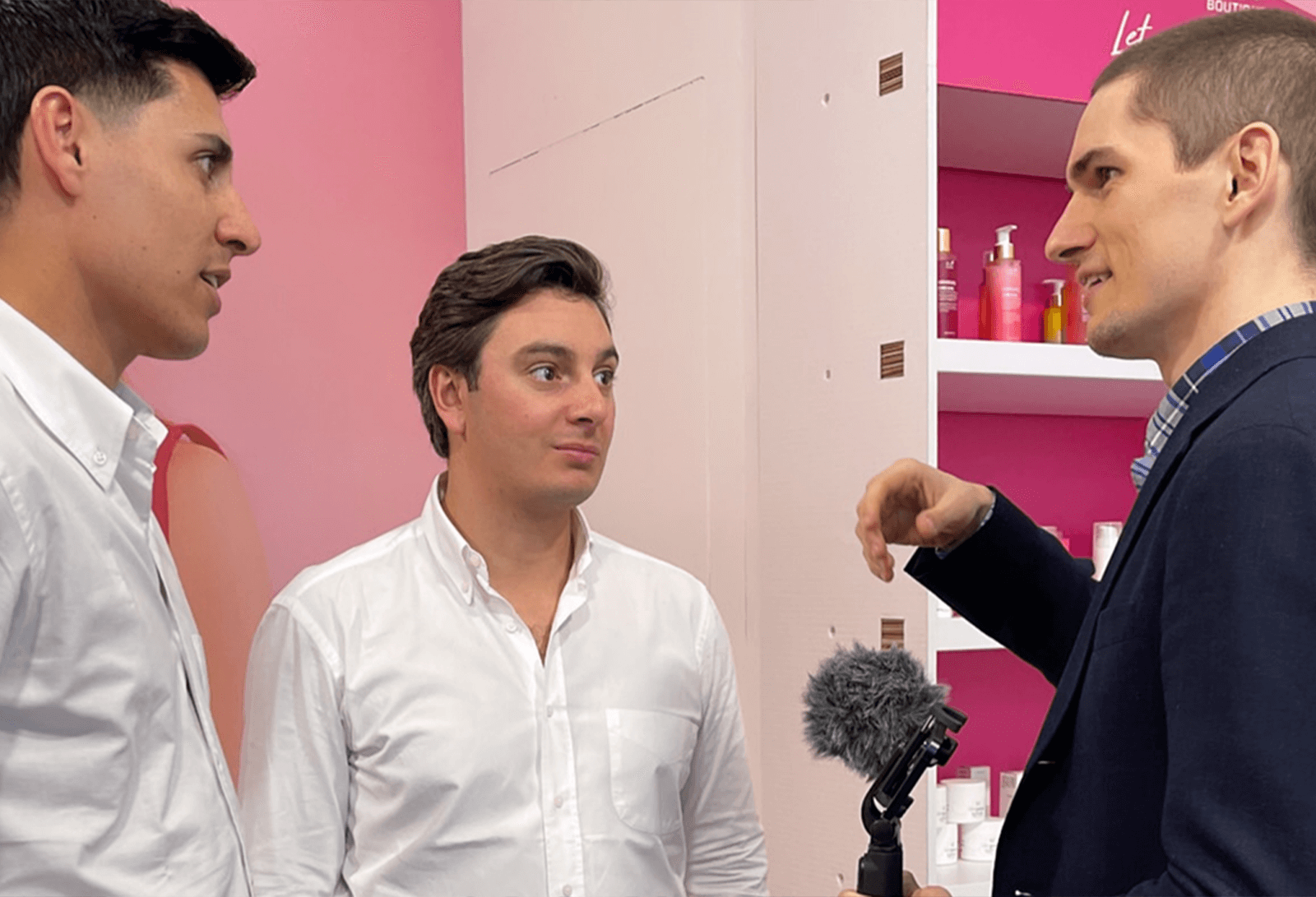Each year, Cosmoprof Bologna sets the stage for what’s next in global beauty. As the largest beauty expo in Europe, the event draws thousands of brands from across the globe, each offering a glimpse into the future of skincare, haircare, and wellness. This year, we interviewed 39 brands from 18 countries across skincare and haircare categories, capturing a compelling picture of 2025's most talked-about trends, directly from the source.
In 2025, beauty is being reimagined. Sustainability is now tech-driven, science is merging with neuroscience and biotech, and storytelling lives through user- and employee-generated content. Here are the six defining beauty trends that brands on the ground are betting on and building into.
1. Sustainability Is the Standard—But Now It’s Smarter
Natural and organic are no longer differentiators, they’re expectations. What’s changing is how brands execute on sustainability in a more sophisticated, systems-based way.
"We’re beyond just clean ingredients," said the founder of Unique Products, a Danish brand that manufactures using 100% wind energy. "Consumers now ask about everything: packaging, sourcing, energy, labor conditions; it’s a holistic expectation."
Suntribe, a Swedish sunscreen brand, made this principle tangible with radical simplicity: its sun creams use only seven ingredients. "No chemical names, nothing questionable." Its biggest customer group? Conscious moms. “Eighty percent of our customer base now are female parents. They're not just buying for themselves; they’re buying for the future.”
This broader sense of responsibility is driving both product development and communication strategies, especially in regions like Scandinavia, France, and Australia, where greenwashing concerns are high. Terraneo Cosmetics, a Spanish brand, emphasized that "people are asking deeper questions. They want more than a label; they want trust."
2. Neurocosmetics and Skin Science—The Rise of High-Function Beauty
2025 is seeing science take center stage, not just in formulating for results, but for wellness and mood.
Iehana, a brand blending neuroscience and beauty, uses wild yam to help balance hormones in its body creams. “This is more than hydration, it’s about supporting women’s cycles …” the founder shared. The concept aligns with the broader neurocosmetics movement, which featured prominently in Cosmoprof’s official trend report as well.
On the clinical side, VT Cosmetics from Korea is betting big on microneedling for at-home use. Their Reedleshot product, described as “something never tried before,” blends a scientific, tactile ritual with futuristic skincare delivery.
These innovations reflect growing demand for skin boosters, derma-functional actives, and a desire to move beyond surface-level care.
3. From Fast Beauty to Rituals and Holistic Wellness
The 10-step skincare routine? Out. Without a question. In its place: intentional simplicity, rituals, and sensorial experiences that care for more than just the skin.
Shazay, a luxury haircare brand, merges scalp health with emotional well-being through a 90-minute hair spa ritual. "We focus on the glow from within," explained CEO Sabine Babiel. "Beauty is about the scalp, the soul, and serenity."

This holistic philosophy is mirrored in Innersense, a global salon brand that’s built its growth on strong customer relationships and a wellness-first approach. “Scalp health is a huge emerging category,” the company shared. “We don’t chase fast beauty. We build loyalty.”
Several brands are also investing in multifunctional formats, like Iehana’s 3-in-1 shampoo-bar that simplifies routines for busy lifestyles—signaling a wider shift toward fewer steps, more impact.
4. The Skin Microbiome Goes Mainstream
The skin’s microbiome is no longer niche science, it’s quickly becoming a consumer expectation.
SKNS, a Danish skincare brand, builds its entire range around postbiotics. “It’s all about balance and nourishment,” the company explained. “We’re applying the gut-health logic to skincare, and it resonates.”
Similarly, GalBaia predicts probiotics to be one of the most in-demand ingredients this year. “Everyone wants healthy skin, and that starts at the microbial level,” CEO Natasa Tavcar said.

This trend ties in tightly with the clean beauty movement, but with a more precise, targeted delivery approach. It's no longer just about what’s left out of a product, but what's actively in it and how it supports skin health over time.
5. Sun Protection as the New Skincare
With climate anxiety on the rise, SPF is no longer just for the beach.
International Plus, a Turkish newcomer brand in the skincare category, builds its brand on the idea that “Suncare is the new skincare.” Its entire line—from eye cream to lip balm— includes SPF, with formulations that blend sun protection and treatment ingredients like frankincense and vitamin C.
Meanwhile, Suntribe is rethinking SPF from the ground up, making mineral sunscreens that are water-resistant, reef-safe, and surprisingly minimal. But it’s not just formulation, it’s education. “We have to help people understand that SPF30 with a better cosmetic feel may be more effective for daily use than a whitening SPF50,” the company explained.
6. Storytelling That Sticks - Culture, Credibility, and Real People
The influencer bubble hasn’t popped, but it’s getting redefined. More brands are embracing story-rich positioning and real user-generated content (UGC) as the core of their strategy.
Souvie, a Brazilian brand rooted in biodiversity, told us “It’s not enough to make great products; you need a story that matters. That’s why we talk about Brazilian ingredients and the emotional connection to nature.”
EcoBio Boutique, founded by Simone Spizzichino and Giacomo Imperiolini, is one of the first Italian beauty brands to specialize in intimate skincare—a niche that many brands still shy away from. Its approach underscores the power of clarity, originality, and owning untapped territory. “Don’t make another generic facial cream,” they said. “Do something original, and the marketing gets easier.”

By focusing on a category that’s both underserved and highly personal, the founders have built momentum through creative storytelling on TikTok and Instagram, supported by a steady stream of UGC that makes the brand feel real, relatable, and radically transparent.
UGC is becoming increasingly vital, especially for niche or early-stage brands. Brands like Suntribe, People Haircare, and Sense Cosmetics are building loyal communities by showcasing employees, real customers, and even product rituals, offering authenticity that traditional influencer marketing can’t match.
Final Thought—A Beauty Market That’s Growing Up
Across the board, one thing is clear: beauty in 2025 is maturing.
Consumers are demanding real performance, ethical transparency, and emotional resonance. And brands are evolving quickly to meet that demand. From microbiome skincare to diamond-filtered water rituals, the trends at Cosmoprof Bologna point to a global industry that’s moving past the fluff and focusing on conscious, connected, and credible beauty.
As we move into the second half of the decade, the brands that thrive will be those that not only follow these trends, but lead them.